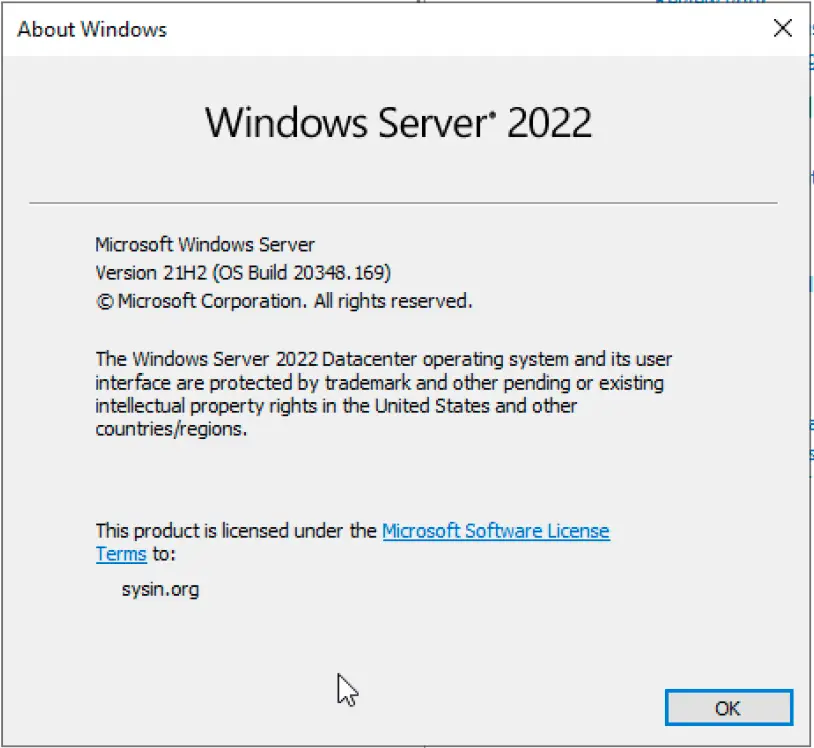Windows Server 2022 provides 10 years of support
Microsoft quietly launched Windows Server 2022 iso image file. The volume license version of the image includes the data center and the standard version of the system.
In fact, most of the details about the system have been announced by Microsoft during the beta period, but Microsoft has not yet released official information to announce the official launch of the system.
Under normal circumstances, Microsoft will release a new Windows Server version in September. Considering that Microsoft has a related press conference on September 16, the official announcement should be scheduled at this time.
The first thing to note is that Windows Server 2022 is a long-term service version, which means that Microsoft provides 5 years of mainstream support + 5 years of extended security support.
The document shows that Windows Server 2022 mainstream service support ends on October 13, 2026, and extended security support ends on October 14, 2031.

At the same time, all newly launched Microsoft server editions from this edition are long-term service editions that provide ten-year support, and Microsoft no longer provides two-year limited support editions.
The short-lived version here refers to something like Windows Server Version 1909. In the future, Microsoft will not release this type of version and replace it with the LTSC version.
For enterprises, the advantage of switching to the long-term service version is that there is no need to worry about security support issues. Of course, the disadvantage is that subsequent newly developed functions will not be provided for the old version.
It will take at least three years for the next server system to be released. At that time, Windows Server 2025 is estimated to be developed based on Windows 11.
Windows Server 2022 is developed based on Windows 10 21H2 version, which means that 21H2 has the same functions as the Server 2022 version.
21H2 itself is only a minor update with no new features worthy of attention, but the core of 21H2 is the 20H1 version and the Server 2019 version is based on the V1809 version.
Therefore, for server users, the difference between Windows Server 2022 and Server 2019 is quite big, at least in the functional interface.
In terms of features, Windows Server 2022 is similar to the new version of Windows 10. For example, the default browser has also become the Microsoft Edge browser.
Windows 10 already supports the TLS 1.3 protocol, and Windows Server 2022 IIS Manager enables TLS 1.3 and QUIC by default.
The QUIC here refers to the slight difference between the HTTP/3 QUIC protocol and Google’s QUIC protocol. The new protocol uses the UDP protocol to help increase the transmission speed.
Windows Server 2022 does not require a TPM 2.0 security chip, but if it supports TPM, it can provide better and more complete security features.
For example, in the case of a security chip, a secure core server can be used to provide secure storage for sensitive data and keys to avoid malware sniffing and theft.





